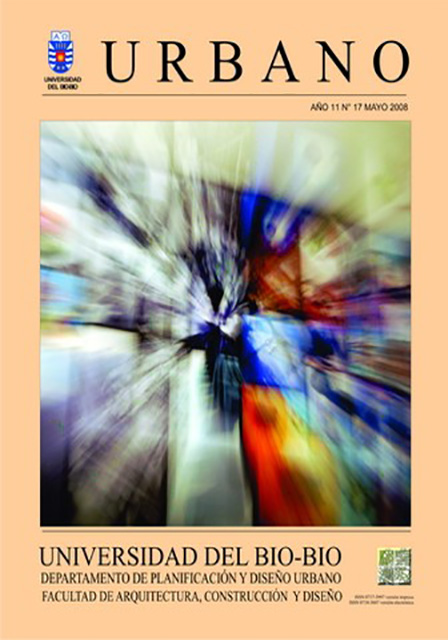The evolution of the social and urban space of the capital of the Chilean Patagonia, Punta Arenas
Keywords:
social space, spacial ocupationl, pattern ocupationAbstract
This article discusses the forms of spatial occupation of Magallanes Region, set both by the native occupation pattern that responds to local ethnics, and the pattern established by the Republic in 1843.
The development of Patagonia and the city of Punta Arenas responded fundamentally to global forces backed up by appropriate local decisions up to end of the nineteenth century. The introduction of regular traffic between Europe and the Pacific, with regular stops in the Colony, together with policies of Free Port and incentives to immigration of national and international colonists influenced decisively on this development. The modest town turned into an important urban centre.
Downloads
Downloads
Published
How to Cite
Issue
Section
License
The content of articles which are published in each edition of Habitat Sustentable, is the exclusive responsibility of the author(s) and does not necessarily represent the thinking or compromise the opinion of University of the Bio-Bio.
The author(s) conserve their copyright and guarantee to the journal, the right of first publication of their work. This will simultaneously be subject to the Creative Commons Recognition License CC BY-SA, which allows others to share-copy, transform or create new materials from this work for non-commercial purposes, as long as they recognize authorship and the first publication in this journal, and its new creations are under a license with the same terms.![]()























